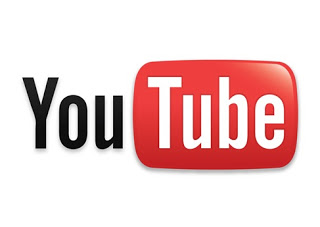We’re being asked a lot of questions about YouTube music use, YouTube’s “music recognition” system and how it relates to the use of licensed music, royalty free music, and “YouTube friendly music”, so I decided to write a few words about this somewhat complex issue.
YouTube have developed a system in which they have recorded “fingerprints” of hundreds of thousands of music tracks. They have a database of all these “music fingerprints”, and every time somebody uploads a video to YouTube they automatically match the sound in that video up against their database of fingerprinted music. If a match is found, the YouTube uploader (video creator) receives a “Copyright info” message from YouTube:
Dear (your name),
Your video, (name of video), may have content that is owned or licensed by GoDigital for a third party.
No action is required on your part; however, if you’re interested in learning how this affects your video, please visit the Content ID Matches section of your account for more information.
Sincerely,
– The YouTube Team
What usually happens next is that advertisements are placed on your video. YouTube’s owners, Google, collect money from the advertisers, and some of this advertising revenue is paid out to the music owners.
The theory is that some of that advertising money should eventually trickle down to the music composers but, to be fair, we have never heard of any composer who has ever actually received any money from such use. The money seems to go to GoDigital and their clients, but never to the composers.
Lately some sites have started selling “YouTube friendly music” licenses for a very cheap price like $1.99 for non-commercial use only. This is music that is fingerprinted by YouTube, and using that music will get you one of the above emails, and advertisements will appear on your video. The YouTube-friendly music site collects additional revenue from these advertisements. So the $1.99 that you pay for the license is really only the beginning of the revenue for the site that sold you the music license. Their real revenue comes from monetizing your video, by collecting advertising revenue from the ads that are placed on your video as a result of using their music.
Here at Shockwave-Sound.com, we do not sell music that is fingerprinted by YouTube or their partners such as GoDigital, RumbleFish, AudioMicro, etc. We stay away from any such music, because we don’t want our music to cause advertisements to be placed on our customer’s videos. Another major difference between us and the $1.99 place is that we also allow our music to be used for commercial purposes and commercial videos. The “Youtube-friendly music” places only allow the music to be used in one non-commercial video.
Of course, we can’t guarantee that YouTube won’t place advertising on your video. You should keep in mind that when you upload a video to YouTube, you are using their free services on their terms entirely. You have to accept that YouTube/Google owns the video that you have uploaded to them, and they can do anything they want with your video, any time they want. They can advertise on it, sell it, distribute it as they see fit, etc, without paying you anything. So please understand that using music from Shockwave-Sound.com is not a guarantee that YouTube will never place advertisements on your video. All we can guarantee is that our music will not cause advertising to appear on your video, and that we do not further monetize our music by collecting advertising revenue from your video, like those cheap places do.
There have been a few exceptional cases where music that we sell has made its way into GoDigital’s / YouTube’s music fingerprinting database by mistake. If this should happen to you, please let us know about it. We will see to it that this mistake is corrected and that the copyright claim is removed from the music that you have licensed from us.





